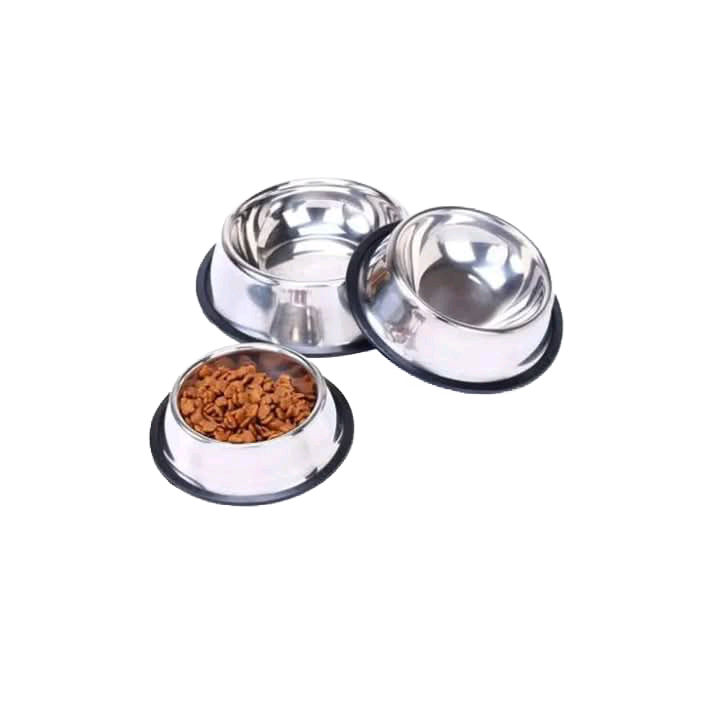The Ultimate Guide to Choosing the Perfect Cat Food Bowl for Your Feline Friend
Why the Right Cat Food Bowl Matters
A cat food bowl is more than just a container—it’s a tool that impacts your cat’s health, comfort, and eating habits. From preventing whisker fatigue to reducing spills, the ideal bowl can transform mealtime into a stress-free experience for you and your feline companion.
Types of Cat Food Bowls: Which One Is Best?
1. Standard Bowls
Simple, shallow dishes for cats who prefer quick access to food.
Opt for non-slip bases to avoid messy “bowl chasing” across the floor.
2. Slow-Feed Bowls
Designed with ridges or mazes to slow down fast eaters, reducing bloating and vomiting.
Perfect for cats prone to overeating or obesity.
3. Elevated Bowls
Raised designs promote better posture and digestion, especially for older cats or pets with arthritis.
Often paired with non-tip stands for stability.
4. Automatic Feeders
High-tech bowls with timers or portion control for busy pet parents.
Great for maintaining a consistent feeding schedule.
Materials Matter: Safe & Durable Options
Stainless Steel: Non-porous, easy to clean, and resistant to bacteria. Ideal for cats with allergies.
Ceramic: Heavyweight and stylish, but ensure it’s lead-free and dishwasher-safe.
Plastic: Affordable but prone to scratches and odors (avoid for cats with acne or sensitivities).
Silicone: Flexible, travel-friendly, and perfect for messy eaters.
Top Benefits of Upgrading Your Cat’s Bowl
✅ Hygiene First: Smooth surfaces (like stainless steel) prevent bacterial buildup.
✅ Whisker Relief: Wide, shallow bowls prevent “whisker stress” during meals.
✅ Portion Control: Slow-feed designs help manage weight and digestion.
✅ Mess Reduction: Non-slip bowls and silicone mats keep floors clean.
How to Choose the Right Bowl for Your Cat
Consider Your Cat’s Age & Health: Elevated bowls aid senior cats, while kittens may need low-profile dishes.
Match Their Eating Style: Fast eaters benefit from slow-feed bowls; picky cats might prefer ceramic’s coolness.
Prioritize Safety: Avoid plastic with BPA or low-quality coatings.
Pro Tips for Maintaining Cat Bowls
- Wash bowls daily with mild soap to prevent residue and bacteria.
- Replace scratched or chipped bowls (they harbor germs!).
- Use separate bowls for wet and dry food to preserve freshness.
FAQs About Cat Food Bowls
Q: Can a cat bowl cause whisker fatigue?
A: Yes! Narrow or deep bowls can irritate sensitive whiskers—opt for wide, shallow designs.
Q: Are automatic feeders worth it?
A: Absolutely! They’re ideal for portion control and timed meals, especially for multi-cat households.
Q: Do ceramic bowls break easily?
A: High-quality ceramic is durable, but avoid dropping it. Check for chip-resistant finishes.
Investing in the right cat food bowl is a small change with big rewards. Whether your cat needs a slow-feeder to curb gulping or an elevated dish for joint comfort, the perfect bowl supports their well-being and simplifies your routine. Ready to upgrade? Explore our top-rated, vet-approved cat bowls today—because every meal should be happy!



Reviews
There are no reviews yet.